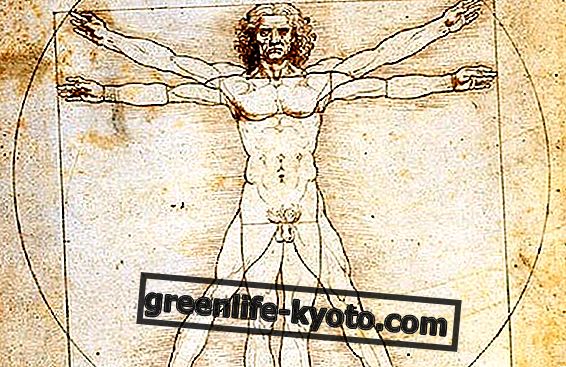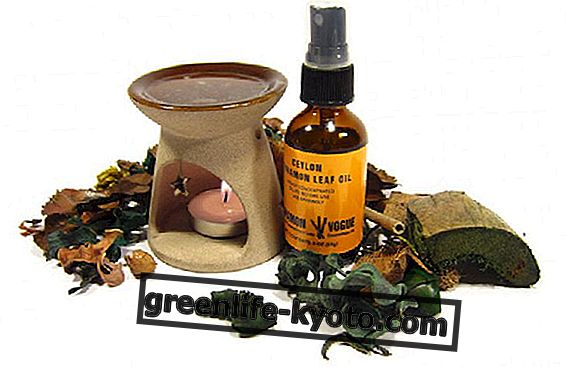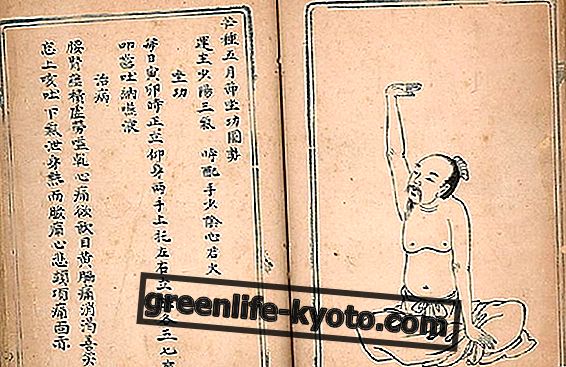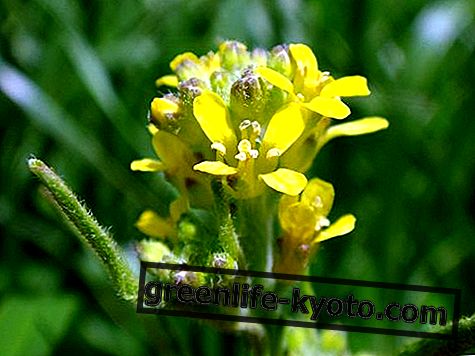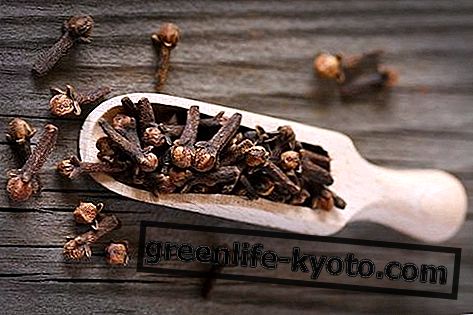Mint essential oil is derived from Mentha piperita, a plant of the Lamiaceae family . Known for its digestive, anti-stress and antibacterial properties, it is useful in case of halitosis, nausea and colitis. Let's find out better.

Properties and benefits of mint essential oil
Antistress : if inhaled, it has a refreshing and regenerating effect on the psyche . It is effectively used to promote concentration during study for exams, or to improve performance in the office. The essential mint oil also performs a tonic action, useful in case of psycho-physical fatigue and neurovegetative problems, due to stressful conditions, such as anxiety, insomnia, depression.
Digestive: if ingested, a drop in the middle of a teaspoon of honey is considered one of the best digestive in aromatherapy. Peppermint essential oil has a stomachic, carminative, cholagogue and antispasmodic action . It is useful in case of meteorism, flatulence, indigestion, colitis, diarrhea, spasms, dyspepsias and almost all the disorders related to the digestive system.
Antibacterial: the bactericidal properties of mint have proved particularly effective in neutralizing various bacterial strains, responsible for typhoid (Herbert) and tuberculosis (Koch bacillus); against staphylococcus and proteus vulgaris, cause of enterocolitis and urinary tract infections . Mint essential oil has an antiseptic and antipyretic action that is good for colds and flu, fever, stomatitis and canker sores.
Antiparasitic: it is used internally, to eliminate intestinal worms, as it helps, in a short time, the expulsion of parasites.
Antiemetic : the soothing properties of this essence help to reduce the discomfort of nausea and vomiting, for this reason it is advisable to have mint essential oil always at hand when traveling, to counteract car sickness.
Refreshing: it is a disinfectant of the oral cavity, very useful for deodorising the breath, against halitosis. Thanks to its antiseptic, anti-inflammatory and anti- itching properties it is useful in the treatment of boils, ringworm, scabies and dermatoses. Due to these calming properties it is effectively used as a remedy against insect bites.
Anti-inflammatory : if massaged locally it is useful for all types of headaches, from the digestive to those coming from the pressure change. Also excellent for relieving cervical tension, menstrual pain, in case of sprains, muscular pains and rheumatism as it has an analgesic and antirheumatic action .
Description of the plant
Mint is native to Europe and cultivation is widespread all over the world, sometimes it is found in the wild together with its species of origin. In fact, the plants belonging to the genus Mentha have an extraordinary power of crossing and hybridization and therefore reproduce themselves in different forms and subvariety. Peppermint is a hybrid of Mentha aquatica and Mentha spicata (also called Mentha viridis ).
Perennial herbaceous plant, stolonifera, the mint is strongly aromatic, high from a few cm to about 70 cm, with erect stems and roots that expand considerably in the soil. The leaves are opposite, simple, lanceolate and covered with a slight bright green hair. The flowers are collected in terminal, conical tops, which bloom starting from the bottom upwards. The single flowers, symmetrical and irregular, are small, white, pink or purple; the corolla, partially fused in a tube, opens into two lips, the upper one with only one lobe, the lower one with 3 unequal lobes. The fruit is a capsule that contains from 1 to 4 seeds.
Part used
Leaves and top
Extraction method
Steam current distillation
Note the essential oil of mint
Top note: fresh, strong, bitter-sweet, pungent fragrance
Discover also the properties and use of mint mother tincture

Use and practical tips on mint essential oil
Environmental diffusion: 1 gc of essential mint oil, for every square meter of the environment in which it spreads, through essential oil burner or in the water of the radiators humidifiers, for a regenerating and purifying effect in the rooms of smokers and in the rooms of who studies.
Massage oil : two drops of mint in a tablespoon of almond oil and massage locally for persistent cramps; poor digestion; on the temples in case of headache.
Motion sickness : against car sickness, seasickness and air sickness, put a few drops of mint essential oil on a cotton ball and smell it from time to time, during the journey
Contraindications of mint essential oil
Do not apply pure mint essential oil to the skin, but always mix it with a base oil (Jojoba oil, sweet almond oil, etc.). It is not suitable for children under the age of 12. Pay attention to the eyes, as it is highly irritating to the mucous membranes. Do not exceed the recommended dose.
Background
The name "mint" comes from the Greek Mintha, a nymph daughter of Cocytus, one of the five rivers of the Underworld, loved by Pluto and transformed into a plant by the goddess Persephone, her bride. According to mythology, the goddess discovered the betrayal of her husband and, taken by a fit of jealousy, wanted revenge by turning it into a little showy and apparently insignificant plant, relegating it to grow near the banks of the paternal river, near the waters. However, in order not to disdain Pluto completely, he allowed the seedling to still have something pleasant in every part of his body: the fresh aroma of its perfume.
Already Pliny enumerated all his properties, exalting the fragrance, " able to excite the soul and to stimulate the appetite ". Mint preparations, according to the Roman historian, cured tonsillar angina, tuberculosis sputum, hiccups, vomiting, and helped eliminate parasites.
Also the Scuola Salernitana exalted its vermifuge properties, as Mattioli explained "it has in itself a certain kind of bitterness with which it kills the worms "
In the XVIII century Nicolò Lemery, in his Treatise on simple drugs, expounded his interpretation of the alleged exciting and tonic virtues of the plant: " Mentha is dedicated to the mind because this plant fortifies the brain, awakens thoughts or memory ."


